


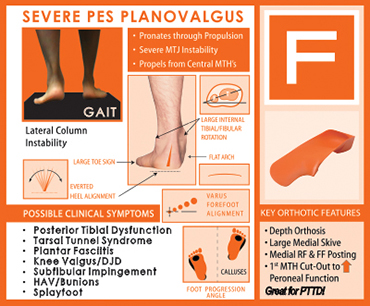
The F QUAD Foot-Type is a commonly referred to as a Pes Planovalgus foot deformity because of its very poor alignment to the floor. This is a true "flat foot." The condition occurs when a Compensated Rearfoot Varus is coupled with a large Flexible Forefoot Varus (also called Forefoot Supinatus).
The F QUAD foot-type is the most hypermobile or flexible of the foot-types. This hypermobility leads to great instability throughout the foot and ankle, and can be prevalent throughout the body. These feet look "very flat" at an early age, and can only worsen into adulthood. This severe instability also makes it difficult to develop and maintain core strength throughout the legs and trunk. Muscles need to work "overtime" to do the same job as someone with better functioning feet, drastically increasing energy expenditure. This foot-type causes a lot of damage to the forefoot during propulsion. In addition to transverse metatarsal arch reversal, don't be surprised to see hammertoes, hallux abductovalgus deformity, functional hallux limitus, and painful corns and calluses.
All Quadrastep Orthotics are available in Regular and Narrow Widths, and with a topcover an an additional charge. For more information see Customized Orthotics.
LIST OF RECOMMENDED SHOES BY QUAD
(Please refresh your browser often)

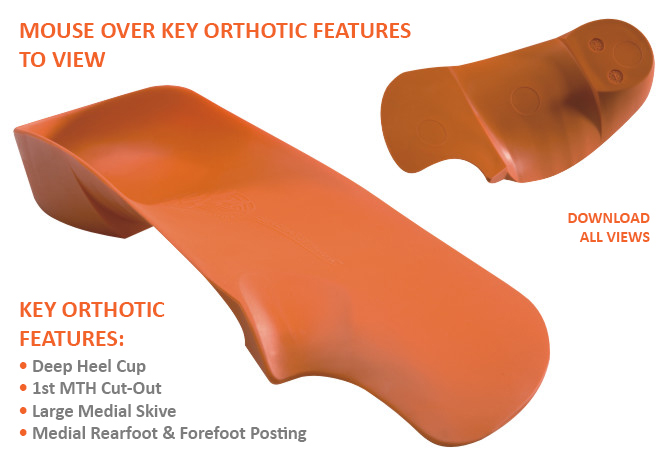
• Plantar Fasciitis
• Splayfoot
• Hallus Valgus/Bunion
• Subfibular Impingement
• Posterior Tibial Tendon
Dysfunction
• Patellofemoral Pain Syndrome
• Tarsal Tunnel Syndrome
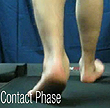 CONTACT
CONTACTPHASE |
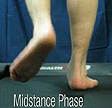 MIDSTANCE MIDSTANCEPHASE |
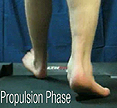 PROPULSION PROPULSIONPHASE |
| MOUSE OVER THE PHASE FOR DETAILS OF THE F QUAD GAIT |
||

Copyright ©2008-2024 Copyright QUADRASTEP SYSTEM® • Nolaro24™ LLC. All Rights Reserved
